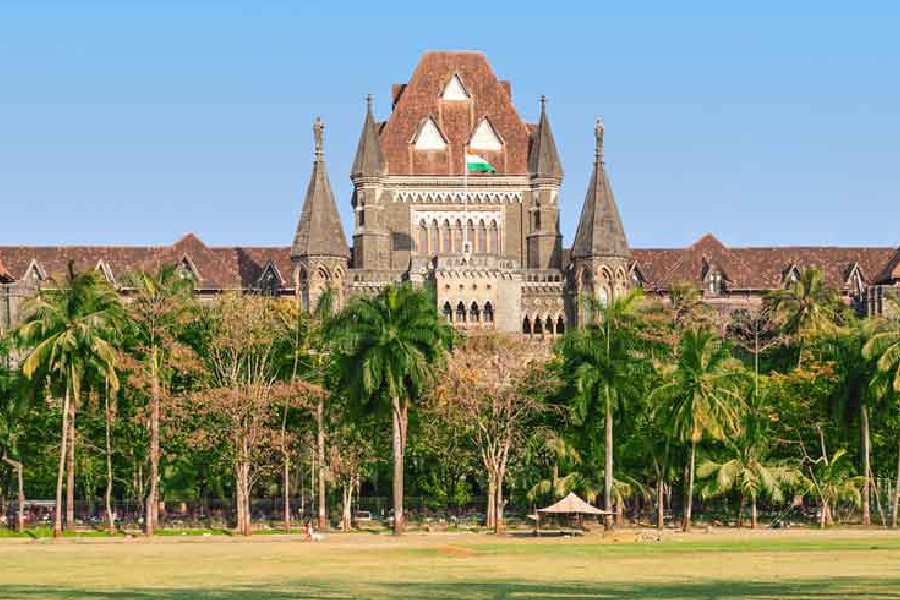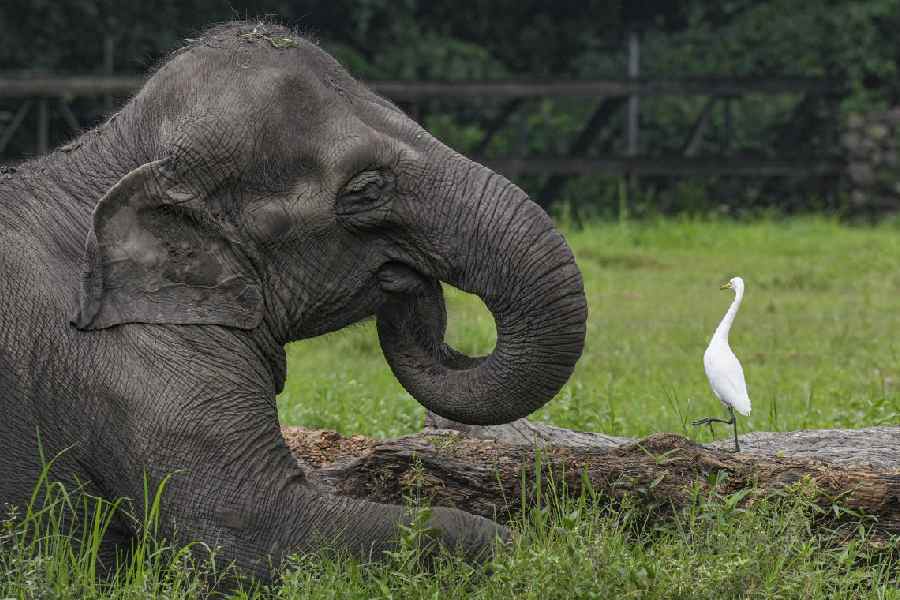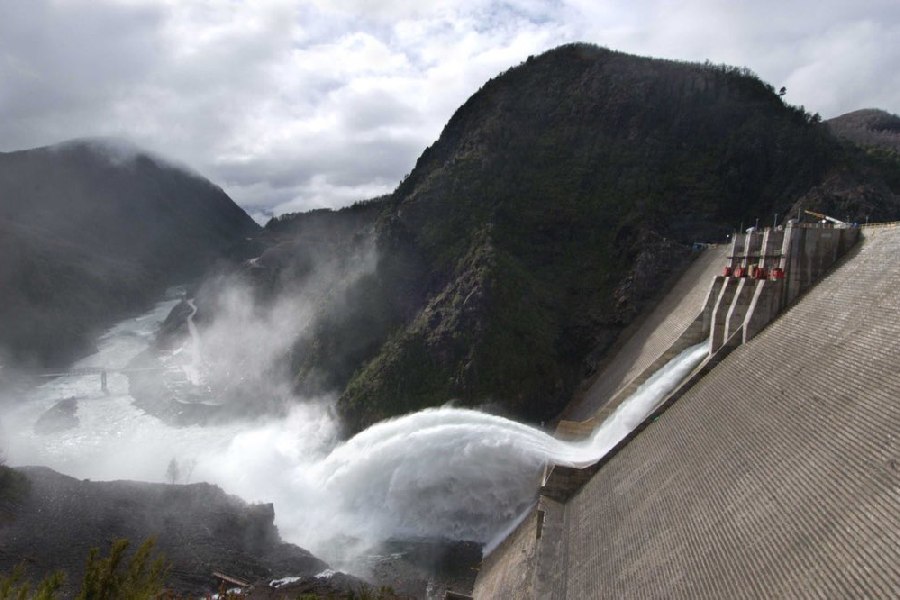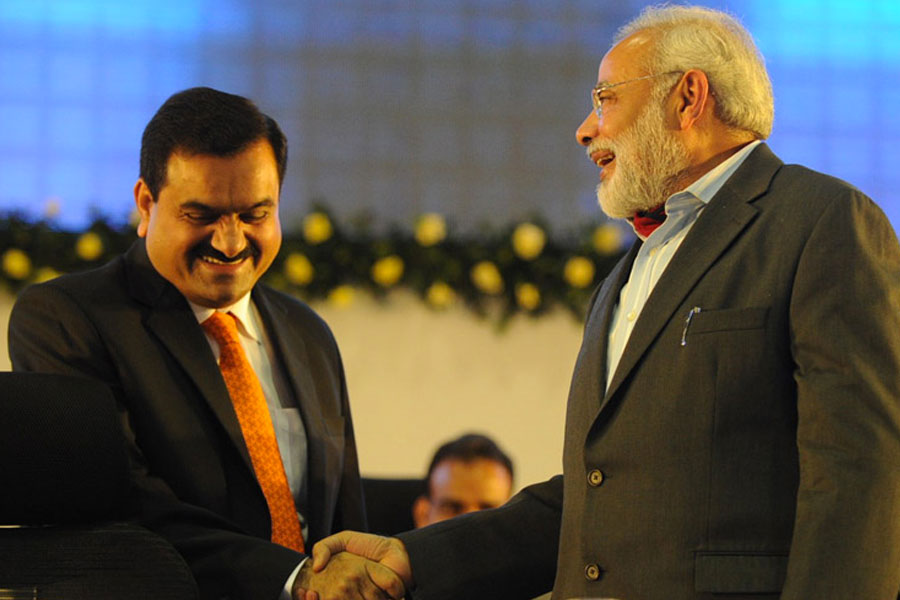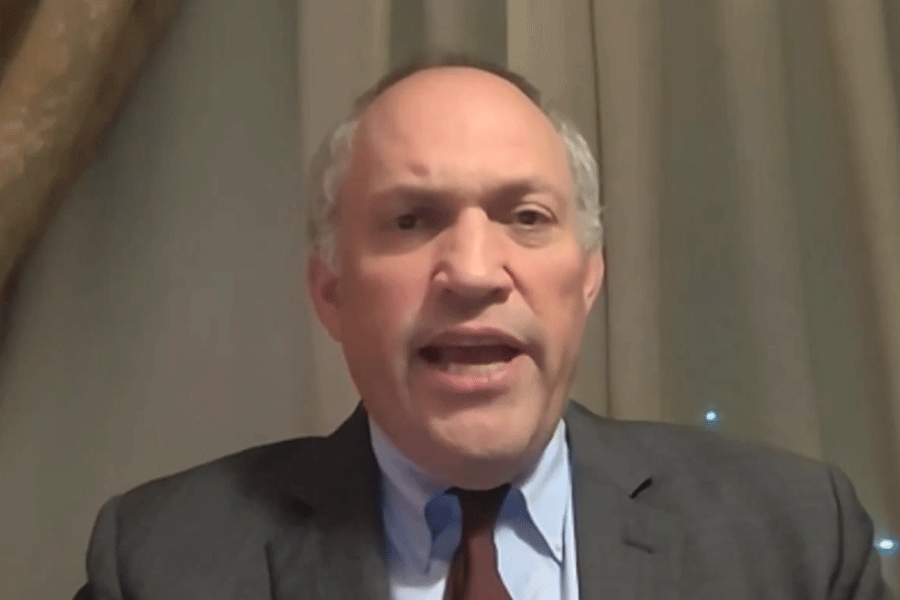Malda, Feb. 12: The district town’s real estate boom is steeped in seven centuries of history, thanks to unscrupulous builders.
They are busy siphoning off priceless bricks from the sprawling ruins of Gaur, the capital of Bengal in the 15th and 16th centuries, to construct houses in the town.
The brazen act, however, comes with a heavy price. The traces of the ancient civilisation are all but consigned to oblivion.
Alarmed at the growing menace, the Archaeological Survey of India (ASI) has finally started excavation work at the historical site — located about 15 km from here — from the second week of last month.
“At present, the excavation work is going on at a spot that housed the imposing royal palace. It’s true, that this part of the ancient township was unknown to us. Perhaps, that’s why, most facts about the former capital is still shrouded in mystery. With a little luck we might even be able to locate the treasury. This building has eluded archaeologists so far,” said Sadhan Das, curator, Malda Museum.
Though Inamul Haque, a Bangladeshi historian who visited here in 1993, was the first person to identify the site of the royal palace, he had to abandon the project because his discovery coincided with the Babri Masjid demolition. A decade hence, the ASI has resumed Haque’s unfinished task under the guidance of P.K. Nair.
Historical evidence suggests that Pathan army chief Nasrat Shah wrested control of the Gaur Empire after the death of Jalaluddin Shah.
Nasrat started rebuilding the capital in earnest shortly after he ascended the throne.
Hearsay has it that that the height of the boundary wall was around 22 yards, which acted as a protective shield around the royal palace along with a moat.
Though much of the evidence to support the theory still remains buried under years of rubble and dust, parts of the structure unearthed by the archaeologists seem to bear testimony to the words of local historians.
“The mound, on which the excavators are concentrating, is much higher than the other sites that have been selected. This has led us to believe that it may have answers to many questions about the civilisation that haunt historians. “This might even throw accepted dogmas of the bygone era out of gear,” said Bimal Bandopadhyay, eastern India chief of the ASI.


